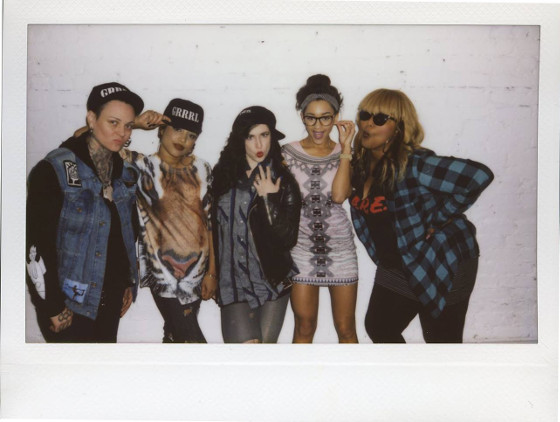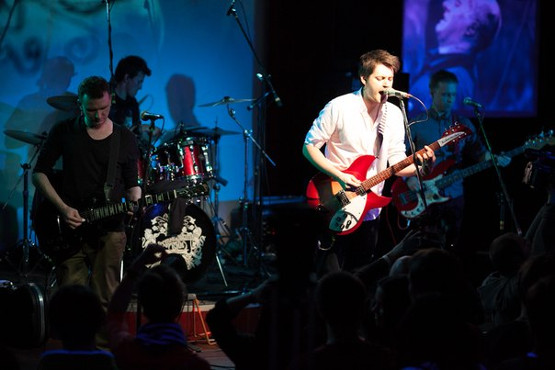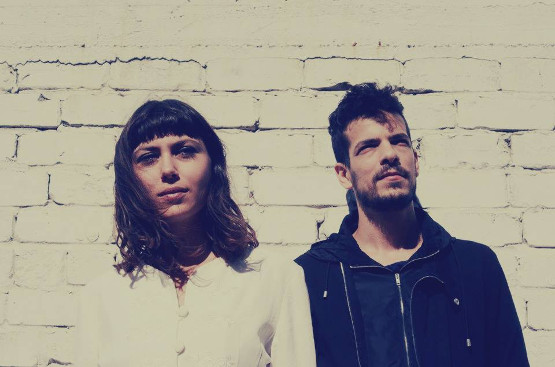
Singer-songwriter Kerry Alexander left Minneapolis at age five, but familial relationships kept the cord attached—eventually drawing her back. As a teen, she learned to play covers on guitar. Interest in lyrical poetry dovetailed with retrospective love songs she now records.
Love Songs
...I do love writing love songs because I love love. They always start out as just feelings and emotions. In retrospect, a lot of songs deal with thinking back on a moment and wishing you could change it by saying something else or not saying anything at all. I think this album is sort of focused on past relationships I've had and reminiscing about things that were...1
What sets a lyric apart from a narrative poem is the outflow of a poet's heart, as familiar thoughts and emotions are projected through soulish space, then resonate in the souls of listeners. Esoteric songs can stir hearts subconsciously—adding to music's mystery. Suggesting that familiar sonic vibrations play a role. Human bodies are composed of seven octillion atoms, with spaces between every single one of them. Entirely unique subatomic symphonies resonating with love's perfect pitch.
Missing One Chord
Alexander read somewhere how the pop song Teenage Dream by Katy Perry leaves out the one chord:
Let's start by talking about the ingenuity of the harmonic content. This song is all about suspension—not in the voice-leading 4–3 sense, but in the emotional sense, which listeners often associate with exhilaration, being on the road, being on a roller coaster, travel. This sense of suspension is created simply, by denying the listener any I chords. There is not a single I chord in the song. Laymen, the I chord (one chord) is the chord that the key is in. For example, a song is in G but there are no G-chords.2
Bad Bad Hats' title track Psychic Reader also follows a similar kind of formula, Alexander said.
BBH Triforce
Alexander is primary songwriter of Bad Bad Hats' triforce who typically comes up with the basic song, then brings it to Chris Hoge and Noah Boswell who flesh it out. The lead track, Midway, makes a good A-side, and seems to be the intentional pop song. While the following track, Shame is an indie rock jam. The title track, Psychic Reader has good verses, but an amazing chorus melody which really stands out. And outshines Midway's chorus.
http://t.co/UYn8KVwJPb Bad Bad Hats, Kerry Alexander, music blog article, songwriting lyrics, video embed: Midway pic.twitter.com/aCOhOUnDub
— indiessance (@indiessance) September 28, 2015- [quoting Kerry Alexander] Weatherby, Lea. Exclusive Album Stream: Psychic Reader, Bad Bad Hats. Interview Magazine. 9 July 2015. Web. 27 Sept. 2015. (http://www.interviewmagazine.com/music/exclusive-album-stream-psychic-reader-bad-bad-hats)
- Editors: Woodworth, Marc; Grossan, Ally-Jane. How to Write About Music: Excerpts from the 33 1/3 Series, Magazines, Books and Blogs with Advice from Industry-leading Writers. 2015. London, UK: Bloomsbury. Print. p.306









